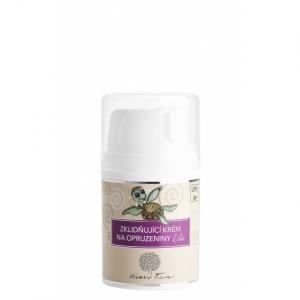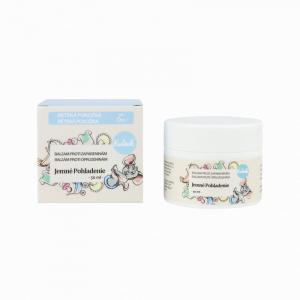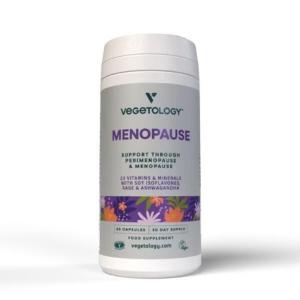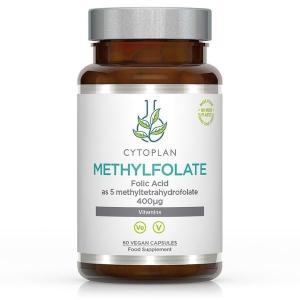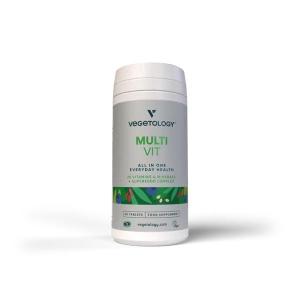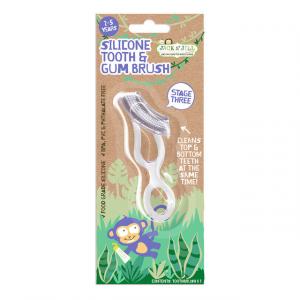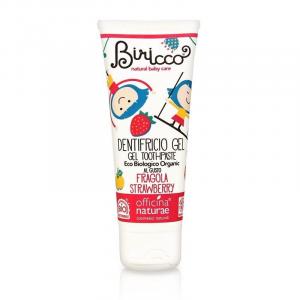
Seventh disease in children and its main symptoms
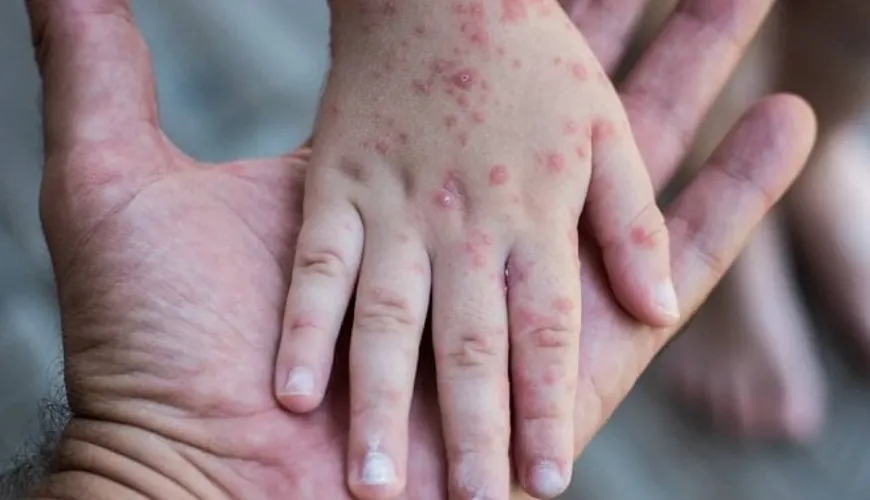
The Seventh Disease - Symptoms, Transmission, and Treatment of a Viral Childhood Illness
The seventh disease, also known as hand, foot, and mouth disease, is one of the viral infections that primarily affects children, especially those aged one to five. It is an illness that many parents associate with sudden rashes and anxiety regarding their child's health. Although it is a relatively common disease, many parents encounter it for the first time, which can cause uncertainty. The seventh disease has distinct symptoms, but in most cases, it does not require complex treatment, and the child recovers within a few days. In this article, we will take a closer look at what the seventh disease involves, its symptoms, and how to care for a child during this illness.
What is the Seventh Disease?
The seventh disease is a viral infection caused by enteroviruses, most commonly Coxsackie viruses. This type of virus is known for its rapid spread, especially among children in groups, such as kindergartens or playgrounds. The name seventh disease originates from its historical classification among childhood infectious diseases, where it was categorized as the seventh. The disease manifests with a rash that primarily appears on the hands, feet, and around the mouth, which is characteristic of this infection. In some cases, other parts of the body, such as the buttocks or genitals, may also be affected.
Try our natural products
The seventh disease most commonly affects children under five years old, but it can occasionally appear in older children and adults. In adults, however, the course of the disease is often milder and may often remain entirely asymptomatic. In children, the disease is more pronounced and therefore requires parental attention, who should be prepared on how to properly care for the child.
Symptoms of the Seventh Disease
Symptoms of the seventh disease typically appear very quickly and can include a wide range of manifestations. In the first phase, parents may notice that the child has a raised temperature, which may escalate to a fever. The child may be irritable, tired, and refuse food. A typical symptom of the seventh disease is, however, a rash that first appears on the palms, soles, and around the mouth. This rash may gradually develop into small blisters, which are painful for the child, especially if they appear in the mouth or on the tongue, causing difficulties with eating and drinking.
In addition to rashes and blisters, other symptoms may include muscle pain, headaches, and neck pain. Sometimes diarrhea or vomiting may occur, but these symptoms are not as common with the seventh disease. The illness usually lasts 7 to 10 days, during which the symptoms gradually subside.
Try our natural products
How is the Seventh Disease Spread?
The seventh disease spreads very easily as a droplet infection, which means that the virus is transmitted through droplets that occur when a person coughs, sneezes, or even talks. The infection can also be transmitted through contact with contaminated surfaces or objects, such as toys or door handles. Children who frequently touch their mouths, noses, or eyes have a higher likelihood of becoming infected.
Due to its high infectiousness, the seventh disease often occurs in groups, especially in kindergartens, where many children are in close contact. The incubation period of the disease, which is the time from infection to the first symptoms, is usually 3 to 6 days. During this time, the child may not show any symptoms but can be contagious to other children.
Treatment of the Seventh Disease
The seventh disease does not require special treatment because it is a viral infection that must resolve on its own. Treatment therefore focuses on alleviating symptoms and supporting the child during the illness. If the child has a fever, antipyretics such as paracetamol or ibuprofen can be administered, which help reduce temperature and relieve pain.
If the child suffers from mouth pain caused by blisters, it is important to ensure they receive plenty of fluids and soft foods that will not irritate the mucous membranes. Cold drinks or ice cream can help alleviate mouth pain. The rash on the hands and feet usually does not require special treatment, but if the child experiences itching, cooling creams or compresses may be suitable to soothe irritated skin.
If symptoms persist for more than a week or if severe symptoms occur, such as a high fever lasting more than three days, breathing difficulties, or severe pain, it is important to seek medical attention.
How to Prevent the Spread of the Seventh Disease?
Preventing the seventh disease is quite challenging because the virus spreads very quickly and easily. The best prevention is maintaining thorough hygiene, especially regular hand washing with soap and water. Children should be taught not to put their hands in their mouths and to use their own cutlery or drinking bottle.
Try our natural products
During times when the seventh disease is common, it is advisable to avoid places with a high concentration of children, such as kindergartens or playgrounds. If a child has already contracted the seventh disease, it is advisable to isolate them from other children during the infection to prevent further spreading of the virus.
The seventh disease is a common viral illness that primarily affects young children. Although its course may appear dramatic, especially due to rashes and painful blisters, it usually progresses mildly, and the child recovers within a week. It is important to pay attention to hygiene and ensure that the child receives enough fluids and rest. Even though the seventh disease is not dangerous, it can be uncomfortable for children, and it is therefore important to provide them with the greatest possible comfort and care during the illness.

